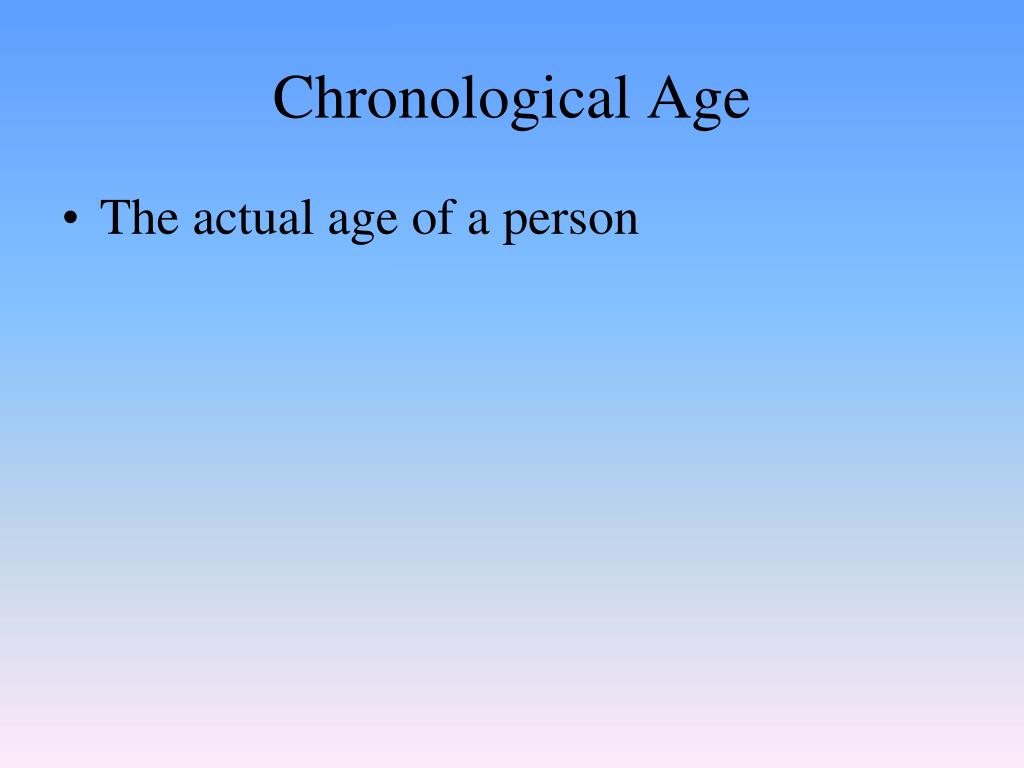


Group rather than to score by chronological age and mental age. The reason for this test was to score the individual and compare it to others of the same age The WAIS-IV is the known current publication of the testįor adults. These two tests were split into two different ones for children. The limitations of the Stanford-Binet caused David Wechsler to publish the Wechsler Adult Intelligence Scale (WAIS) inġ955. While Binet believed this was not true, the majority of those in the USA believed it was hereditary. He was one of the many psychologists in the 1910s who believed intelligence was a fixed quantity. Henry Herbert Goddard was the first psychologist to bring Binet's test to the United States. Binet's theories suggested that while mental age was a useful indicator, it was by no means fixed permanently, and individual growth or decline could be attributed to changes in teaching methods and experiences. However, the younger children who had exceeded the average of their age group were said to have a higher "mental age", and those who performed below that average were deemed to have a lower "mental age". In general, of course older children performed better on these tests than younger ones. He created an experiment that was designed as a test to be completed quickly and was taken by children of various ages. Binet's experiments on French schoolchildren laid the framework for future experiments into the mind throughout the 20th century. Mental age was first defined by the French psychologist Alfred Binet, who introduced the intelligence test in 1905, with the assistance of Theodore Simon. This spurs much of the debate about the nature of intelligence. Cattell was more focused on heredity rather than environment. In 1890, James Cattell published what some consider the first "mental test". This is when much of psychology was moving from philosophical to more biology and medical science basis. The modern theories of intelligence began to emerge along with experimental psychology. Anthropologists well known for their attempts to correlate cranial size and capacity with intellectual potential were Samuel Morton and Paul Broca. History Early theories ĭuring much of the 19th century, theories of intelligence focused on measuring the size of human skulls. Mental age can be considered a controversial concept. Also, a six-year-old child intellectually gifted can remain a three-year-old child in terms of emotional maturity. Psychologists often remark that girls are more emotionally mature than boys at around the age of puberty. For instance, a child's intellectual age can be average for their actual age, but the same child's emotional intelligence can be immature for their physical age. However, mental age depends on what kind of intelligence is measured. The score achieved by the individual is compared to the median average scores at various ages, and the mental age ( x, say) is derived such that the individual's score equates to the average score at age x. The intellectual performance is based on performance in tests and live assessments by a psychologist. It looks at how a specific individual, at a specific age, performs intellectually, compared to average intellectual performance for that individual's actual chronological age (i.e. Mental age is a concept related to intelligence. The changes in color from yellow/red to blue show the pruning process. Red indicates more gray matter, blue less gray matter. The time-lapse animation compresses 15 years of brain development (ages 5-20) into just a few seconds. The pruning process is shown in this clip that was constructed from MRI scans of healthy children and teens.


 0 kommentar(er)
0 kommentar(er)
